The First Rule of Teaching Science
It’s the only thing separating real knowledge from ignorant misinformation.
“The first duty of every Starfleet officer is to the truth, whether it’s scientific truth or historical truth or personal truth! It is the guiding principle on which Starfleet is based. And if you can’t find it within yourself to stand up and tell the truth about what happened, you don’t deserve to wear that uniform!” –Captain Picard
If you at all love science — and I mean really love it — you’ll understand immediately that science is two things, simultaneously:
- A process by which knowledge is acquired, assembled and synthesized about the world, and
- The sum total of all that knowledge, and the best conclusions we can reach based on it.
Although it’s slow, and full of missteps, blind alleys and spurious results, science is the process that drives the human enterprise forward.

From what makes up the Universe on the smallest scales to what it’s like on the largest ones observable and everything in between, science is what enables us to figure it out. It not only informs us about what is and how it came to be, it enables us to predict what will be in the future.
It’s the most profound story in the Universe: the story it tells us about itself. And it’s a story that’s too rich and too rewarding to be kept merely to the few people who study and research it for a living. It’s a story whose treasures belong to us all, and a story that we all deserve to share in.
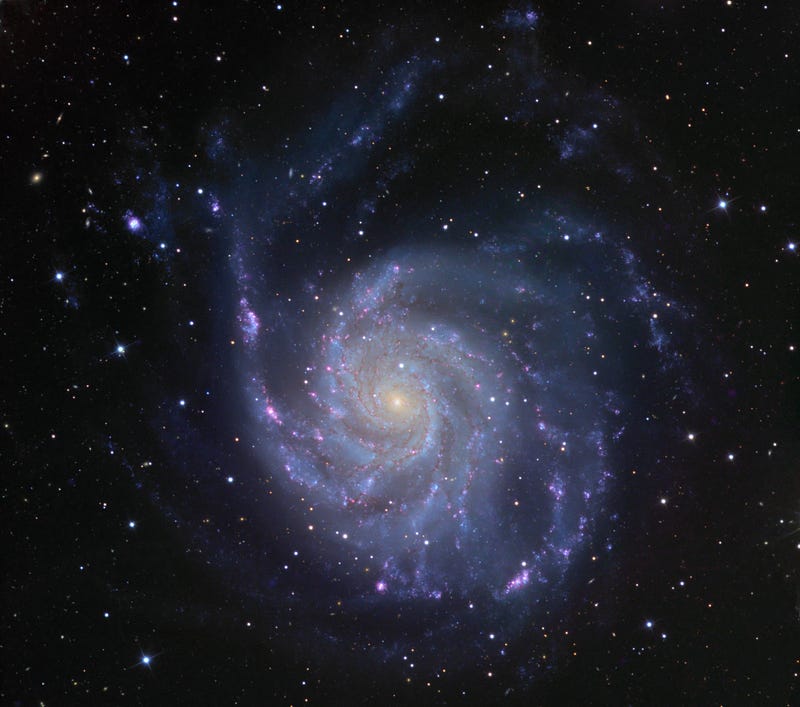
But there’s a tremendous responsibility on us, personally, if we’re going to be the ones doing it. If you want to teach science, if you want to be an ambassador of scientific knowledge to the world, there’s a rule you need to follow. We don’t often talk about it, because it’s assumed that everyone doing it wants to abide by it, but every once in a while, it need to be stated outright:
If you’re going to talk to the world about science, your first responsibility is to accurately portray what we currently know about the Universe. And if you don’t know what it is that we know, it’s your responsibility to find that information out.
That includes the words you use, the context you use them in, and the pictures you display along with it.
Which one of these, for example, is a more accurate depiction of planets in the Solar System?
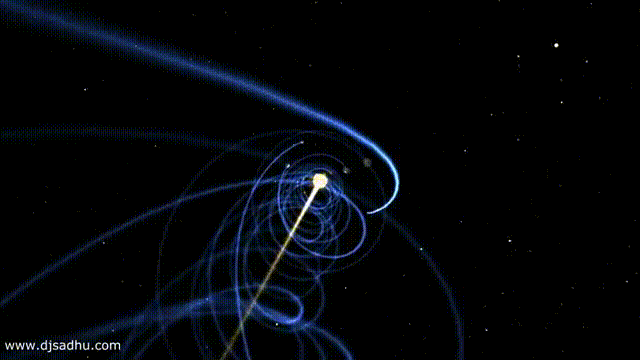

The animation atop has been viewed millions of times; the one just below it has been viewed thousands of times. Yet the one on the bottom is actually correct, as the planets all orbit in the same plane to within just a few degrees, never lagging nor leading the Sun’s orbit.
The animation at the top may be awfully pretty, but scientifically, it’s complete misinformation.
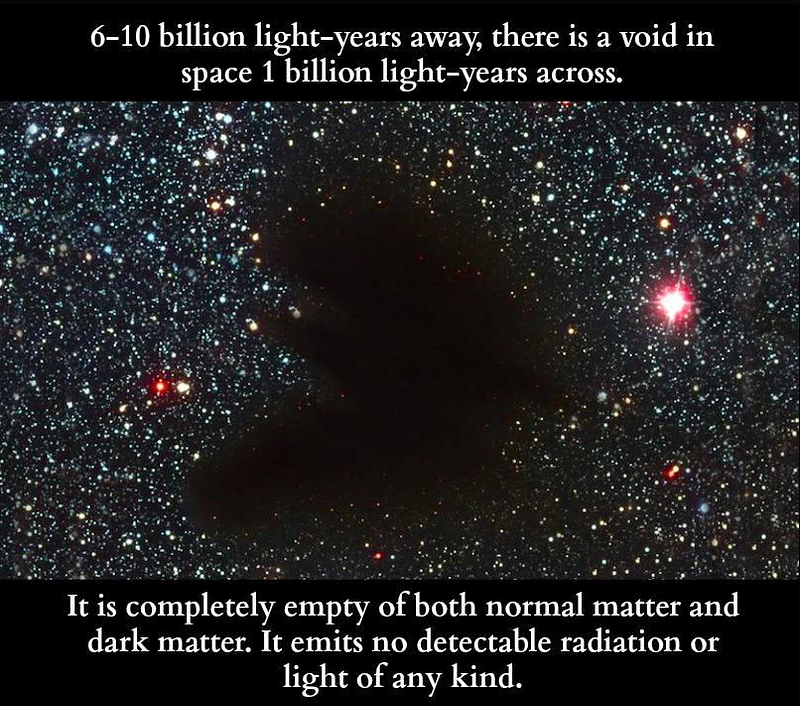
This picture, above, was shared over a million times on Facebook, Tumblr and other social media, along with the caption talking about a hole in the Universe a billion light years long, where no matter at all — normal or dark — is present, much less a single star or an entire galaxy.
Sounds spectacular, until you realize two things:
- That “hole-in-the-Universe” is just a typical large, underdense region of space, which contains no large, bright galaxies, but which almost certainly contains a large number of smaller, low-mass galaxies and at least billions of stars overall, in addition to a large amount of normal and dark matter.
- The image shown with it? That’s a Bok Globule, or a cloud of light-blocking dust, well within our own galaxy.
In fact, we can view the Bok Globule in question in the infrared, and see that it’s no hole at all, but that there are plenty of stars behind it.
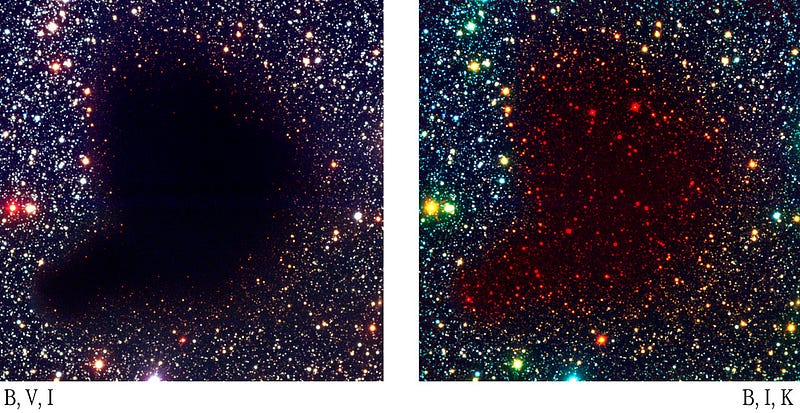
It’s simply the case that the dust is of the right size to block the visible light coming from these stars. It’s not only just a few light years in size (rather than a billion light years), it’s not even a hole! It’s just a small region of dust.
And more recently, this animated image, below, went viral just yesterday, along with a caption about Hawking Radiation, which is the radiation emitted by decaying black holes.
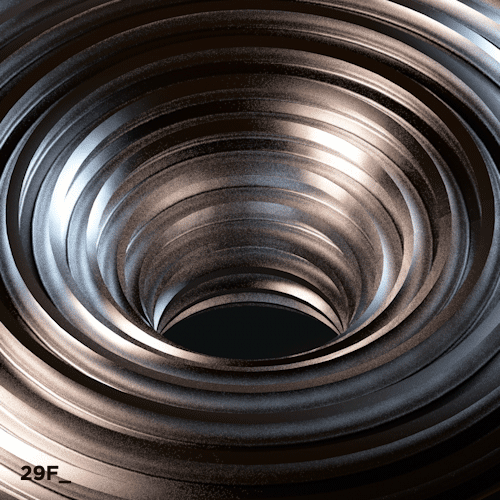
Only, this was just a pretty computer-generated image created by digital artist Daniel McFarland, and it has nothing to do with Hawking Radiation at all, which has its own fascinating properties that are completely unrelated to the visual shown.
None of which is to say that only scientists should be communicating or teaching science; I don’t believe that’s true at all. Science is for everyone, and anyone can learn about it, talk about it, or even teach it to another.
But before you tell that story to the world, make sure you’re getting it right. The opposite of knowledge isn’t ignorance, but rather misinformation posing as knowledge.
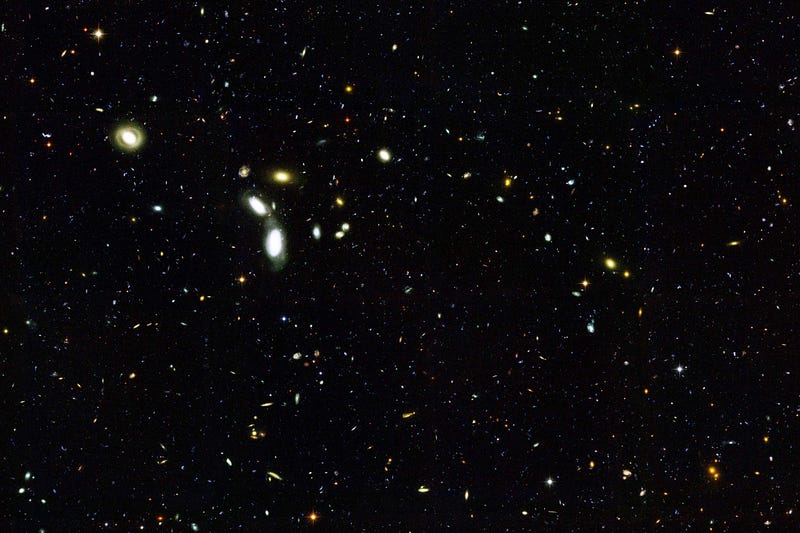
And if you do find that you’ve made a mistake —it’s okay, we all do — don’t double down on it when you find that the facts challenge what you’ve said. Instead, do the same thing that science strives to do: incorporate the new information, revise what you thought before to include and encompass what you know now, and move forward with a greater, more nuanced understanding of how the Universe actually works.
And then share it with the world.
Thanks to Jonah Miller. Comments go on our Scienceblogs forum, as always.





